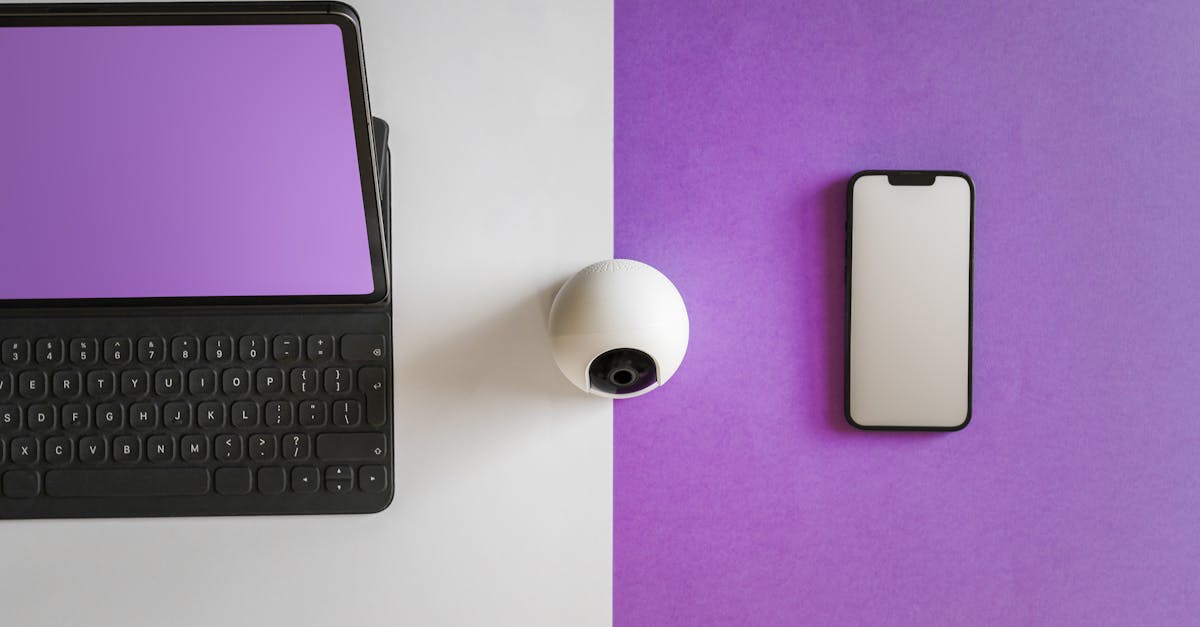
Introduction
RFP cycles drag on, proposals get rewritten from scratch, and legal or finance reviews turn last‑minute wins into costly delays — a familiar headache for HR, compliance, and agency teams. If you’re juggling tight deadlines, rising RFP volume, and the need for consistent, auditable responses, reusable proposal packs can cut response time, reduce errors, and keep your deals moving.
How this guide helps: we show a practical path from a winning template structure (executive summary, scope, timeline, pricing, legal terms) to modular proposal packs, document AI that auto‑fills answers from past contracts, and automated approval + e‑sign flows — with KPIs to measure impact. Expect clear steps to build modular clauses, standardized rate tables, and client variables that plug into your business templates so teams can respond faster and more reliably.
Template structure that wins RFPs: executive summary, scope, timeline, pricing, legal terms
Executive summary: Start with a one‑paragraph client-focused pitch that states the problem you solve, key benefits, and a clear call to action. Keep it evidence‑driven — cite past wins or a short metric if relevant.
Scope: Break scope into deliverables, assumptions, and explicit exclusions. Use short sub‑items so reviewers can quickly confirm you understand requirements. If you use business proposal templates, build the scope as modular blocks that can be toggled on/off.
Timeline: Present milestones, owners, and dependencies in a simple list or table. Add estimated start/end dates and a note on change‑control (how schedule shifts will be handled). For project bids, link to a complementary deliverable set such as this website development package: https://formtify.app/set/website-development—simple—ny-laws-2j1m3
Pricing: Offer a clear pricing structure — fixed bids, milestone payments, or rate cards. Include payment terms and link to your invoice templates so finance knows post‑award flow. If you maintain rate tables, show a primary option plus 1–2 alternatives (accelerated delivery, reduced scope).
Legal terms: Summarize key contract points (IP, liability caps, termination, confidentiality). Keep the RFP response legal summary short, then attach a formal contract template for negotiation (examples: sales or consulting agreements). Helpful links: https://formtify.app/set/sales-agreement-58191 and https://formtify.app/set/consulting-agreement-7aemx
Quick checklist
- One‑sentence executive summary that ties to the evaluation criteria
- Scoped deliverables with exclusions
- Milestones + dependencies (owner & dates)
- Transparent pricing and payment schedule
- High‑level legal terms + attached contract
How to build reusable proposal packs: modular clauses, rate tables, and client variables
Design modularly. Create a clause library (standard SOW language, IP language, indemnities) that you can reuse across business proposal templates. Treat each clause as a plug‑and‑play component to speed customization.
Standardize rate tables. Maintain canonical rate cards and line‑item pricing in a single source of truth. When you update rates, the change should propagate to all proposal packs.
Use client variables. Build templates with merge fields for client name, contacts, dates, and pricing tiers. That lets you assemble a tailored proposal without editing core legal or technical language.
Packaging and distribution
- Store packs by use case (sales, consulting, website projects) — e.g., link to a service agreement or project pack you can clone: https://formtify.app/set/service-agreement-94jk2
- Include supporting templates such as invoice templates and project management templates inside each pack
- Provide branded variants so sales reps can pick the right voice and visual style
Operational tips: version the packs, limit who can edit master clauses, and offer a quick start guide for new users. If you need an example of a consulting pack to copy, see: https://formtify.app/set/consulting-agreement-7aemx
Integrating document AI to auto-fill RFP responses from existing contracts and past proposals
What it does: Document AI extracts relevant clauses, pricing language, and timelines from past proposals and contracts, then suggests prefilled answers for RFP questions. This reduces manual copying and ensures consistency across business templates.
How to set it up
- Index your content: ingest past proposals, contracts, and standard templates (Word, Google Docs, PDFs).
- Label key fields: executive summary snippets, pricing options, milestone language, and legal clauses.
- Train retrieval models to find best match text for a given RFP question, and map results to merge fields in your templates.
- Implement a human‑in‑the‑loop review to verify accuracy and compliance before sending.
Practical notes: Ensure sensitive contract data is handled per your security policy. Document AI plays well with both business templates word files and business templates google docs, and it can surface business templates free samples as training data, but prioritize approved internal templates for production.
Recommended workflow: parse → suggest → review → approve → export to final format (PDF/Word/Google Doc). This also makes it easy to generate marketing plan templates, business plan templates, or tailored proposal sections from previous answers.
Approval and e‑sign flows: route proposals through legal/finance and convert accepted proposals into contracts automatically
Approval routing: Configure multi‑step approval workflows so proposals trigger reviews by legal and finance based on thresholds (value, term length, IP risk). Use conditional routing (e.g., high value → CFO approval).
Role definitions: Define approver roles (sales manager, legal reviewer, finance approver) and SLAs for each step. Short SLAs reduce time‑to‑respond and improve conversion.
E‑sign integration: Integrate e‑sign tools to capture acceptance and automatically lock the proposal into a signed PDF with an audit trail. After signature, programmatically convert the accepted proposal into a formal contract using your contract template library (example templates: https://formtify.app/set/service-agreement-94jk2 and https://formtify.app/set/sales-agreement-58191).
Conversion automation
- Map proposal fields to contract placeholders so client details, pricing, and timelines port over without rekeying.
- Create a post‑signature workflow that issues invoices (connect to your invoice templates) and sets up project management templates for delivery.
- Keep an immutable record and link it to CRM and finance systems for reporting.
Compliance and controls: Add a final legal check for non‑standard terms and maintain version history. Automating this flow reduces errors and accelerates proposal‑to‑contract conversion.
KPIs to track: time-to-respond, win rate, proposal-to-contract conversion and template reuse rates
Key metrics
- Time‑to‑respond: Measure from RFP receipt to first proposal submission. Target windows depend on industry but aim to continuously reduce this via reusable packs and AI auto‑fill.
- Win rate: Proposals won ÷ proposals sent. Segment by template type (sales, consulting, website) to see what’s working.
- Proposal‑to‑contract conversion: Signed contracts ÷ proposals accepted. Track drop‑offs at approval and e‑sign stages.
- Template reuse rate: Percentage of proposals that used a standard template or clause pack versus bespoke authoring. Higher reuse speeds responses and improves consistency.
How to measure: Instrument the authoring and approval tools so each action (template selected, AI suggestion accepted, approver sign‑off) emits events to a dashboard. Connect CRM, proposal software, and finance for end‑to‑end visibility.
Benchmarks and targets: Start with baseline measurements for each KPI, then set quarterly improvement goals (e.g., reduce time‑to‑respond by 30% or raise template reuse to 60%).
Continuous improvement: Use KPI insights to refine business templates for small business needs, create new business plan templates or marketing plan templates where gaps appear, and update invoice templates and project management templates as delivery patterns change. For examples and quick starts, explore business templates examples and customizable office templates in your library.
Summary
Reusable proposal packs built around a winning template structure—concise executive summary, scoped deliverables, clear timelines, transparent pricing, and summarized legal terms—combined with document AI, approval routing, and e‑sign flows, significantly shorten RFP cycles and reduce costly last‑minute reviews. For HR and legal teams this approach delivers consistent, auditable responses that protect compliance while freeing up time for higher‑value work. Start by modularizing clauses, standardizing rate tables, and tracking KPIs like time‑to‑respond and template reuse to drive continuous improvement. Ready to accelerate your process? Explore ready-made business templates and automation tools at https://formtify.app.
FAQs
What is a business template?
A business template is a pre-formatted document or set of components (clauses, tables, merge fields) designed to be reused across proposals, contracts, invoices, and plans. Templates standardize language and structure, which speeds authoring, reduces errors, and makes compliance and review easier.
How do I create a business template in Word?
Start by drafting the structure and identifying variable fields (client name, dates, pricing) then convert repeated sections into reusable blocks or content controls. Save the file as a .dotx template, lock master clauses if needed, and maintain a versioned master file so updates propagate to all proposal packs.
Are business templates free to use?
There are many free templates available that provide a solid starting point, but premium packs and specialized clause libraries often come with licensing or subscription terms. Always check usage rights and prefer approved internal templates for production work to ensure compliance and security.
Where can I download business templates?
You can find templates on vendor sites, template marketplaces, and repository tools that specialize in proposals and contracts. For ready-made packs and customizable templates you can adapt to your workflows, consider a library like Formtify or your organization’s internal template store.
Can I customize business templates for my brand?
Yes—templates should be adapted with your branding, tone, and approved legal language. Use style guides, branded variants, and controlled merge fields so sales reps can tailor proposals quickly while preserving compliance and consistent messaging.





